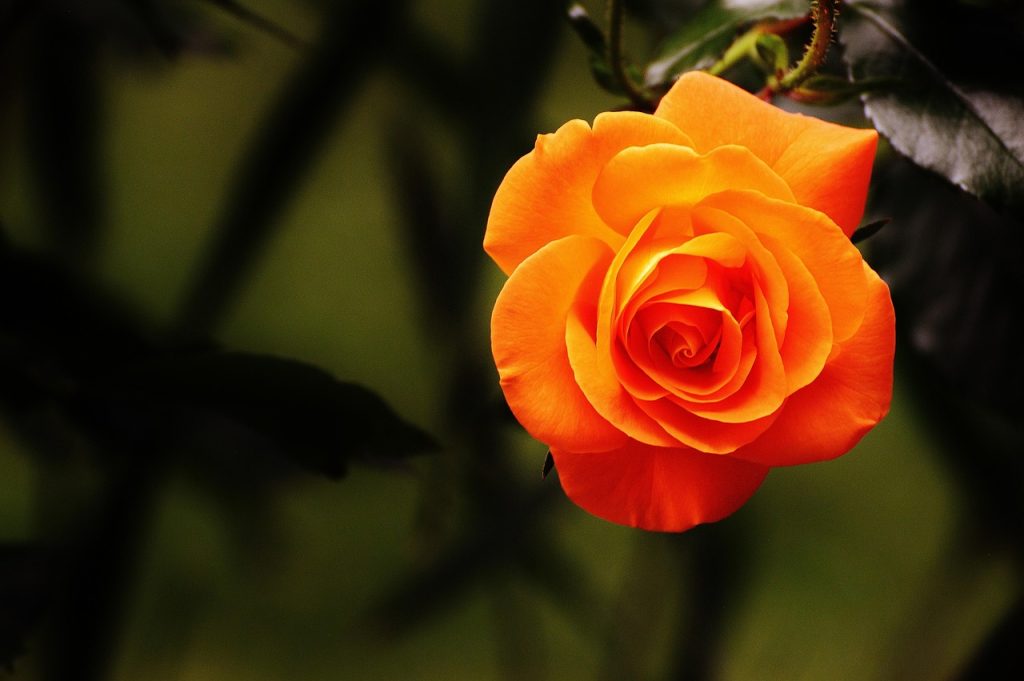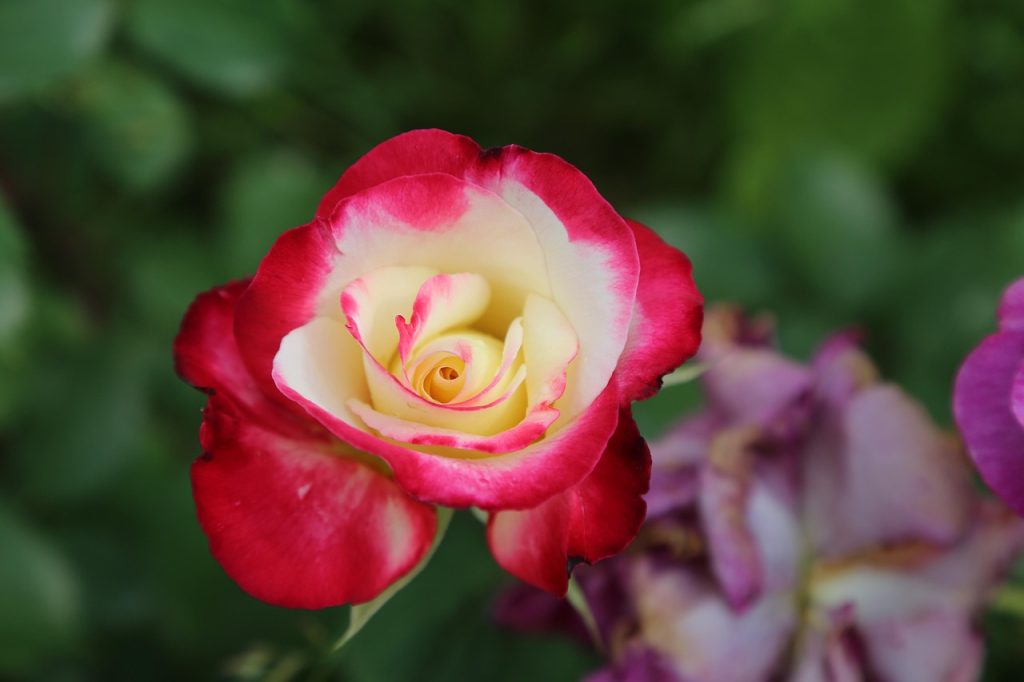Winter Care for Roses, often hailed as the queen of flowers, are a garden staple that bring elegance and romantic charm to any landscape. Their vibrant blooms and intoxicating fragrance make them a beloved choice for gardeners worldwide. However, as winter approaches, roses require special attention to ensure they not only survive but thrive during the colder months. In this article, we will explore essential winter care for roses, helping you maintain healthy, blooming plants all year round.

Understanding Winter Care for Roses
Roses have a rich history and cultural significance, dating back thousands of years. Originally native to Asia, these flowering shrubs have been cultivated for their beauty and fragrance across various regions, adapting to multiple climates. There are over 300 species and thousands of cultivars, each boasting unique characteristics and bloom forms.
Varieties of Roses
Roses are classified into several categories, including hybrid teas, floribundas, grandifloras, miniatures, and climbers, each with distinct growth habits and bloom patterns. Hybrid teas are known for their large, solitary blooms, while floribundas produce clusters of flowers. Climbing roses can create stunning vertical displays, and miniature roses are perfect for container gardening.
Ideal Conditions for Growing Roses
Light Requirements
Roses thrive in full sunlight, requiring at least 6 to 8 hours of direct sunlight daily. Adequate light promotes healthy growth and abundant flowering. In winter, ensure they receive as much light as possible, especially in regions with shorter daylight hours.
Soil Preferences
Roses prefer well-drained, loamy soil rich in organic matter. The ideal pH level ranges from 6.0 to 6.8. Improving soil drainage and fertility with compost or well-rotted manure can enhance root development and overall plant health.
Watering Needs
Consistent watering is crucial for rose health, but overwatering can lead to root rot. During winter, reduce watering frequency as roses enter dormancy. Water early in the day to allow foliage to dry before nightfall, minimizing the risk of fungal diseases.
Temperature Tolerance
Roses are generally hardy, but extreme cold can damage their buds and stems. Knowing the hardiness zone of your rose variety is essential for effective winter protection. Most roses can tolerate temperatures down to 10°F (-12°C), but additional insulation may be required in harsher climates.
Planting and Propagation: Winter Care for Roses
Planting Roses
Plant roses in a location with good air circulation to prevent disease and pest issues. The best time to plant roses is in early spring or fall, allowing roots to establish before extreme temperatures set in. Space plants adequately to ensure proper growth and air movement.
Propagation Techniques
Roses can be propagated through several methods, including cuttings, layering, and grafting. Taking cuttings in late summer and rooting them in a controlled environment can yield new plants ready for garden placement in spring.

Seasonal Care: Preparing Roses for Winter
Pruning Practices
Proper pruning is critical for maintaining healthy roses. In late fall, remove dead or diseased wood and any crossing branches. This practice not only shapes the plant but also reduces the chance of pests and diseases overwintering.
Mulching and Insulation
Apply a thick layer of mulch around the base of rose plants to insulate roots from freezing temperatures. Organic mulch, such as straw or shredded bark, is ideal for retaining soil moisture and temperature stability.
Protecting Stems and Buds
In regions with harsh winters, consider additional protection like burlap wraps or rose collars filled with leaves. These barriers shield stems and buds from freezing winds and ice damage.
Common Problems and Solutions
Dealing with Fungal Diseases
Fungal diseases, such as black spot and powdery mildew, can afflict roses, especially in damp conditions. Ensure good air circulation and apply fungicidal treatments as preventative measures. Remove infected foliage promptly to prevent spread.
Pest Management
Aphids, spider mites, and Japanese beetles are common pests that can harm roses. Regular inspection and the application of insecticidal soap or neem oil can control infestations without harming beneficial insects.
Real-Life Uses and Benefits of Roses
Beyond their ornamental value, roses offer numerous practical uses. Rose petals are used in culinary creations, such as syrups and jams, and in beauty products like rose water and essential oils. Their therapeutic properties are also utilized in aromatherapy to promote relaxation and well-being.

FAQs About Winter Care for Roses
As roses enter dormancy, their growth slows, and leaves may yellow or drop. This is a sign to begin winter preparation.
It’s best to avoid major pruning in winter. Instead, conduct light pruning to remove damaged or diseased wood.
Organic mulches like straw, shredded bark, or pine needles are effective for insulating rose roots during winter.
Yes, varieties like “Knock Out” roses and rugosa roses are hardy and perform well in colder climates, requiring less winter protection.